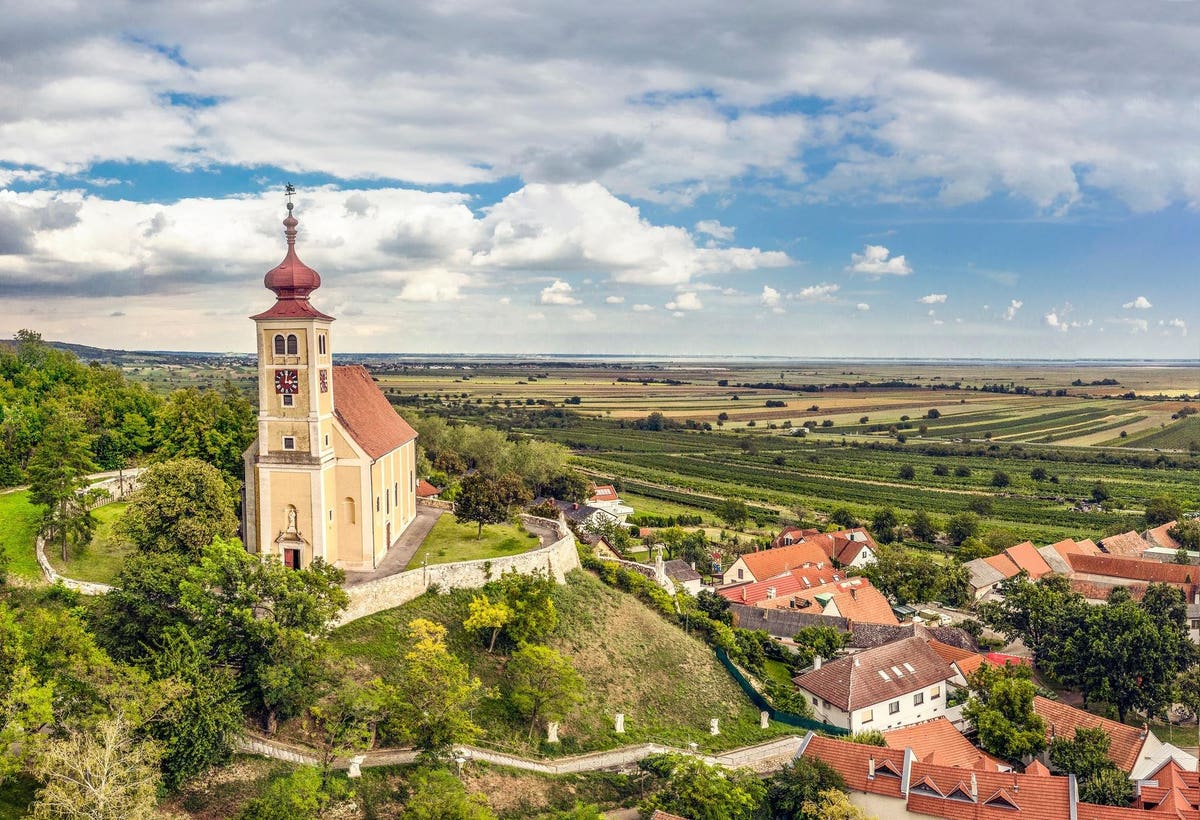Austria’s single vineyard wines have received significant attention and labeling refinements in recent years, giving them a lift with sommeliers and wine enthusiasts. These wines animate the concept of terroir, exclusively crafted from grapes grown in a single vineyard to showcase unique site characteristics. Kamptal winemaker Alwin Jurtschitsch says that these wines show the DNA of the vineyard and are the “silent voice of terroir.”
So Many Austrian Single Vineyard Wines
However, many consumers in the U.S. are unaware that Austria produces over 4,000 single vineyard wines. Despite relatively small cultivated acreage, Austria boasts a high ratio of independent producers, resulting in numerous small estates scattered across multiple wine regions. Consequently, the majority of these exceptional wines are enjoyed locally, with less than a quarter being exported. In fact, Austria’s wine output accounts for less than 1% of global production, and only a fraction of that comes from single vineyard sources.
Ried = Single Vineyard in Austria
Introducing a new addition to your wine knowledge, Ried signifies a single vineyard. The marketing landscape for Austria’s single vineyard wines was established with the adoption of the term Ried within the country’s wine origin framework, known as the DAC (Districtus Austriae Controllatus). This integration highlights the crucial role that each vineyard’s distinct conditions play in the typicity of its respective wine region.
In 2023, Austria established new groundwork in this official national vineyard classification system. Starting with future vintages, vineyards that have been approved as either Erste Lage (premier cru) and Große Lage (grand cru) will be able to identify as such as long as they are qualified DAC wines from classified vineyards.
For background, there are two other classifications in the origin labeling scheme. Ortswein refers to wines from a particular village and Gebietswein represents regional wines. “The concept of ‘origin’ can be quite complex,” according to the Austrian Wine Marketing Board. “Origin is not only a definition of the specific winegrowing region; it may also define the specific place that the wines come from and the quality – whether this be a municipality, a Großlage (large collective vineyard site), or a Ried (single vineyard).”
As a point of clarity, these three DAC levels must be in place in the respective wine region in order for them to use the Erste Lage (premier cru) and Große Lage (grand cru) labels. But don’t let that confuse you, it simply means that in order to claim the classification, the wine must come from a region that is consistent with the overall order of the origin system.
Digital Wine Maps of Austria’s Vineyards
In a stride forward in 2021, the Austrian wine industry unveiled a leading digital resource called Austrian Vineyards. This platform serves as the ultimate reference for consumers and wine professionals to understand the composition of the country’s wine-growing regions. It also provides an exceptional source for familiarizing oneself with Ried wines, representing one of the most impressive undertakings by a unified wine board in the global wine industry. Whether driven by casual curiosity or professional necessity, Austrian Vineyards offers unparalleled access to the county’s winemaking heritage.
Austria’s Winemaking History
Austria’s winemaking history can be traced back to the ancient Romans, who introduced cultivated grapevines to the region. In the Middle Ages, it was the monks who refined the viticultural techniques, laying the foundation for modern Austrian winemaking. Today, Austria is renowned for both still and sparkling Sekt wines, with a growing emphasis on autochthonous grape varieties alongside international favorites.
While Riesling, Blaufränkisch, Zweigelt, and others hold significant importance, the quintessential Austrian grape is Grüner Veltliner. Grüner Veltliner wines often showcase spicy, peppery notes, complemented by citrus and stone fruit flavors. Austrian Rieslings — another star of the show — are celebrated for their lean minerality and zippy acidity.
A Few Key Regions for Austrian Ried Wines
Wachau
Wachau is renowned for its single vineyard Grüner Veltliner and Riesling wines. Terraced vineyards and a cool climate deliver wines with distinct minerality and vibrant acidity.
Wine to try: Domäne Wachau Grüner Veltliner Federspiel Ried Liebenberg 2022
Kamptal
Kamptal is a prime location for single vineyard wines. Grüner Veltliner thrives here, but outstanding results are also achieved with Riesling and Blaufränkisch thanks to a range of diverse soil types and microclimates.
Wine to try: Öhlzelt Riesling Ried Blauenstein 2021
Styria (Steiermark)
Styria is growing in noteriety with particular attention paid now to single vineyard Sauvignon Blanc from the hilly landscapes. These wines are characterized by vibrant fruit flavors and crisp acidity and many are grown with strict ecological responsibility.
Wine to try: Wohlmuth Riesling Ried Edelschuh 2021
Read the full article here





